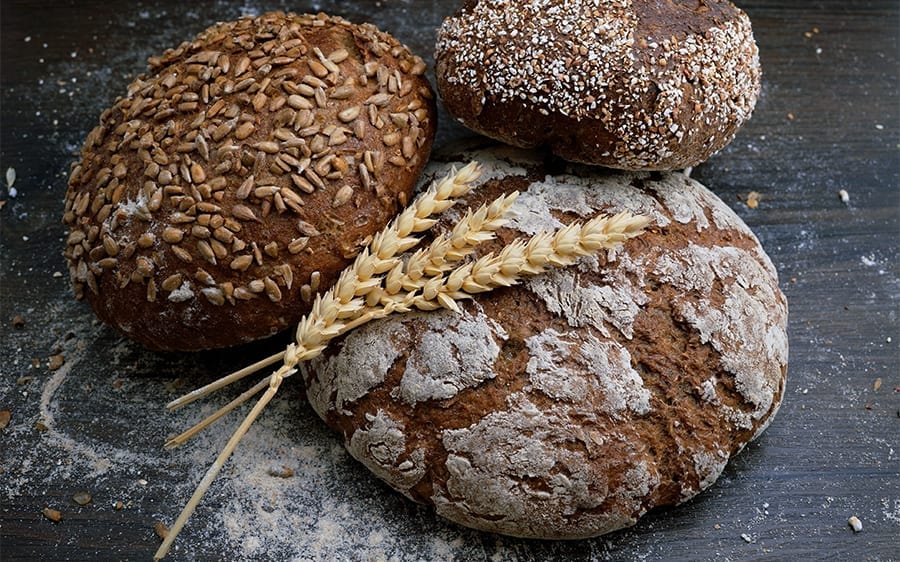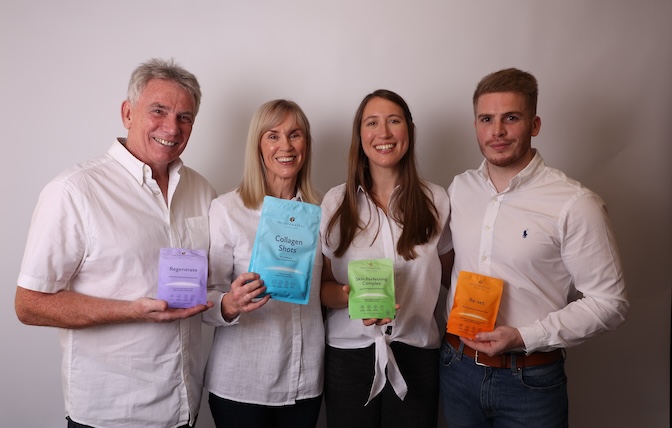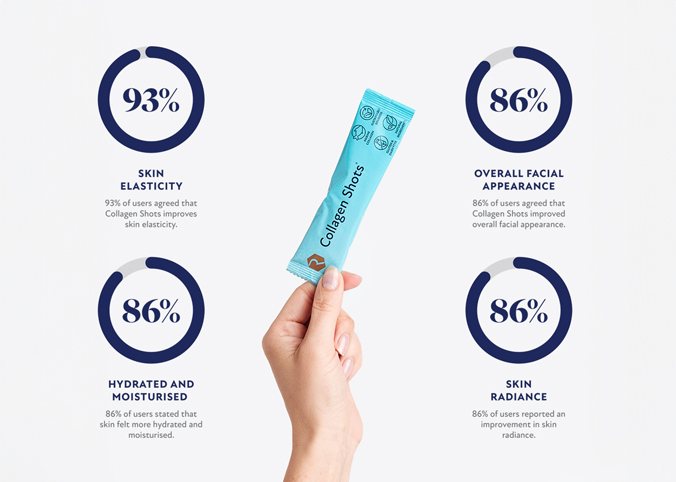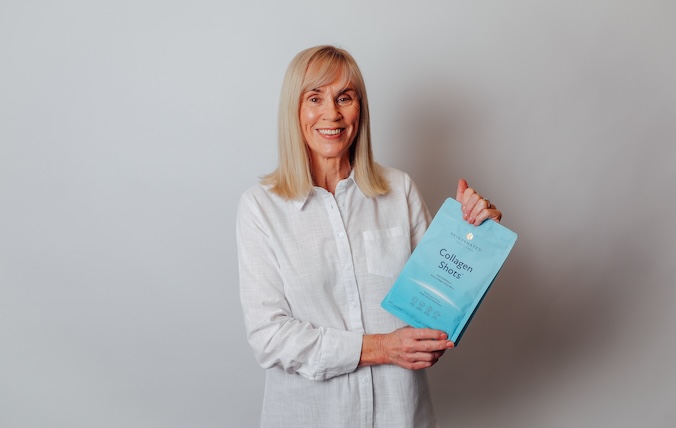Gluten – myths, facts and fictions

Gluten is one of the hottest topics in nutrition. More and more of us are buying foods from the free from aisle in the supermarket but is it really necessary.
Wheat contains gluten, and our diets in this country typically contain a lot of wheat (think bread, cereals, pasta, cakes, biscuits etc)… some of us might have gluten in some form or another up to six times a day!
Wheat is a grain; it contains nutrients such as selenium, magnesium, iron and B vitamins. It is low in saturated fat, and contains carbohydrate and some protein. It is a staple of many, particularly Western, diets. Many people can eat wheat without any problems at all. However, it’s perhaps worth knowing that ‘modern’ wheat has been modified so that the gluten it contains is stronger, and that, plus the fact that we eat so much of it these days, might be why we are hearing more about related problems.
First of all though, it’s important to know that Celiac disease is a severe condition where you are intolerant to all forms and even trace amounts of gluten. It is thought that about 1 in a 100 of us have celiac disease, and it is a serious condition. Gluten is found in wheat (in the form of gliadin), in barley (in the form of hordeins), rye (in the form of secalins), and people who have celiac disease also have to make sure they have only certified gluten-free oats as they can be cross-contaminated by wheat fields. In people with celiac disease, eating gluten results in an immune system reaction causing inflammation, which damages the lining of the gut. This damage results in difficulty absorbing nutrients from food. Symptoms are often digestive (abdominal pain and cramping, fatty, foul smelling stools, bloating or gas) but may also be more ‘vague’ such as muscle pain, fatigue, failure to thrive. Diagnosis is made through a blood test, which looks for antibodies; if this is positive, the gold standard test involves a biopsy to look at the damage in the gut. Treatment is complete removal of gluten – even trace amounts of gluten – for the rest of your life – and it’s not something to be taken lightly.
However, many people who aren’t celiac do still have trouble digesting gluten containing foods. This could be because gluten is also a FODMAP. FODMAPS – Fermentable, Oligo-, Di-, Mono-saccharides and PolyolS – are short chain carbohydrates which are thought to be poorly absorbed in the small intestine. These foods may trigger gut symptoms in susceptible individuals. Reducing FODMAPs in the diet can be helpful in improving symptoms of people with functional gut disorders like IBS – but it is important to maintain a healthy balanced diet. Simply reducing gluten containing foods can bring some relief to some individualswith digestive issues.
We probably eat far more gluten these days than our ancestors did (hundreds of years ago, ‘bread’ could be made from many grains such as corn or oats, or even beans and pulses), and, if you go back further in time, grains themselves are a late introduction into human diets. Even if you don’t have any problems with wheat or gluten, it is probably a good idea to vary the grains in your diet, or even reduce them, replacing them with other foods, simply to get a broader range of nutrients into your diet. Also, the more ancient forms of wheat, such as spelt, are easier to digest and often don’t cause people so many problems, so it’s worth trying – you can often get spelt bread from bakeries these days, and they also sell spelt spaghetti and pasta in many supermarkets and health food shops.
Just going out and buying all the foods on the ‘Free-from’ aisle is not a good idea – often these foods are processed and not as healthy as they could be. A good start would be to simply try and have wheat less often – for example, replace wheat based breakfast cereals with other foods such as yogurt and fruit and seeds, or eggs with some mushrooms, spinach and tomatoes. You could think about replacing sandwiches with other foods such as salads, or vegetable and bean soups; at your main meal, swap wheat pasta for corn or brown rice versions of pasta, which often taste very similar, or have rice or potatoes instead. Or you could experiment with more unusual foods such as quinoa or millet. Many people may even benefit by reducing their total intake of grains in general, and instead, try filling up on lots of different vegetables.
Many of my clients want to improve their nutrition, and simply by eating more vegetables and lots of unprocessed foods, this means that gluten-containing foods are naturally reduced. Nearly all of them report feeling generally healthier – often within a few days! It’s worth a try and as long as you replace some of the gluten containing foods with healthy alternatives it could be a change that starts you on the road to a healthier you.
Sophie Leicester, BSc Hons, dip BCNH, mBANT, is a Registered Nutritional Therapist (registered with the CNHC – Complementary and Natural Healthcare Council – which is regulated by the Department of Health). She works with both adults and children, and sees clients in and around Sheffield as well as offering consultations via Skype when necessary. Her website is Nutrition in Sheffield for more information.






